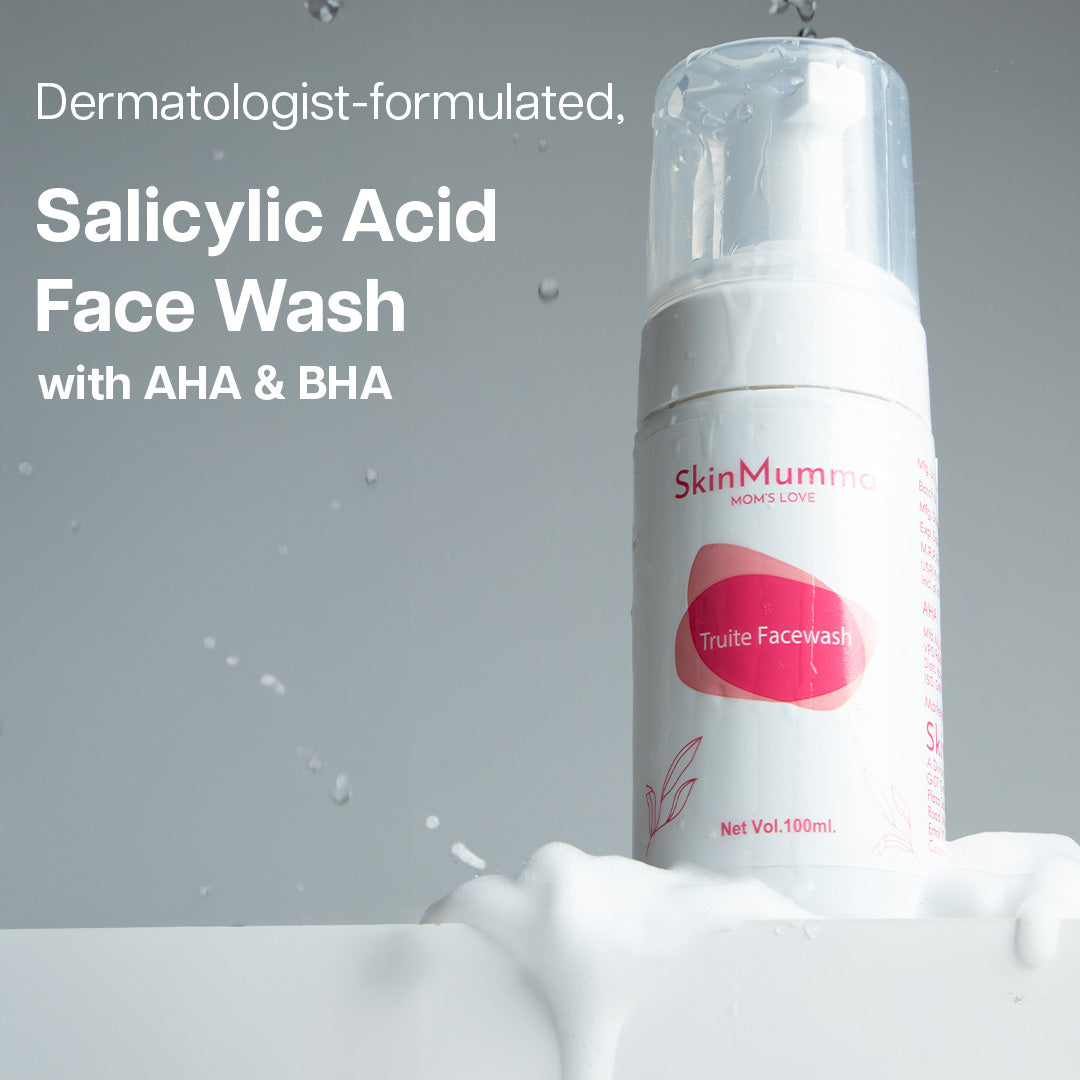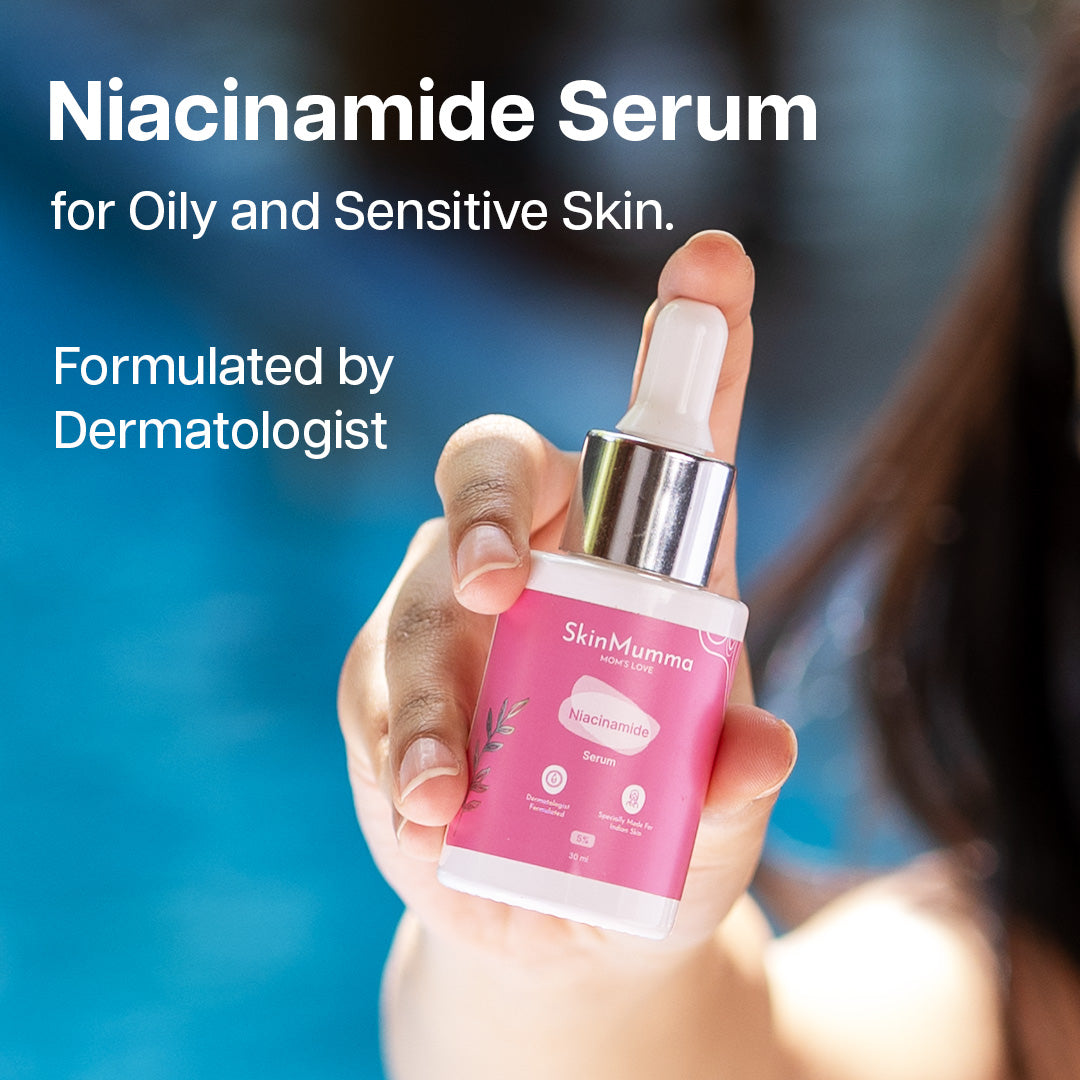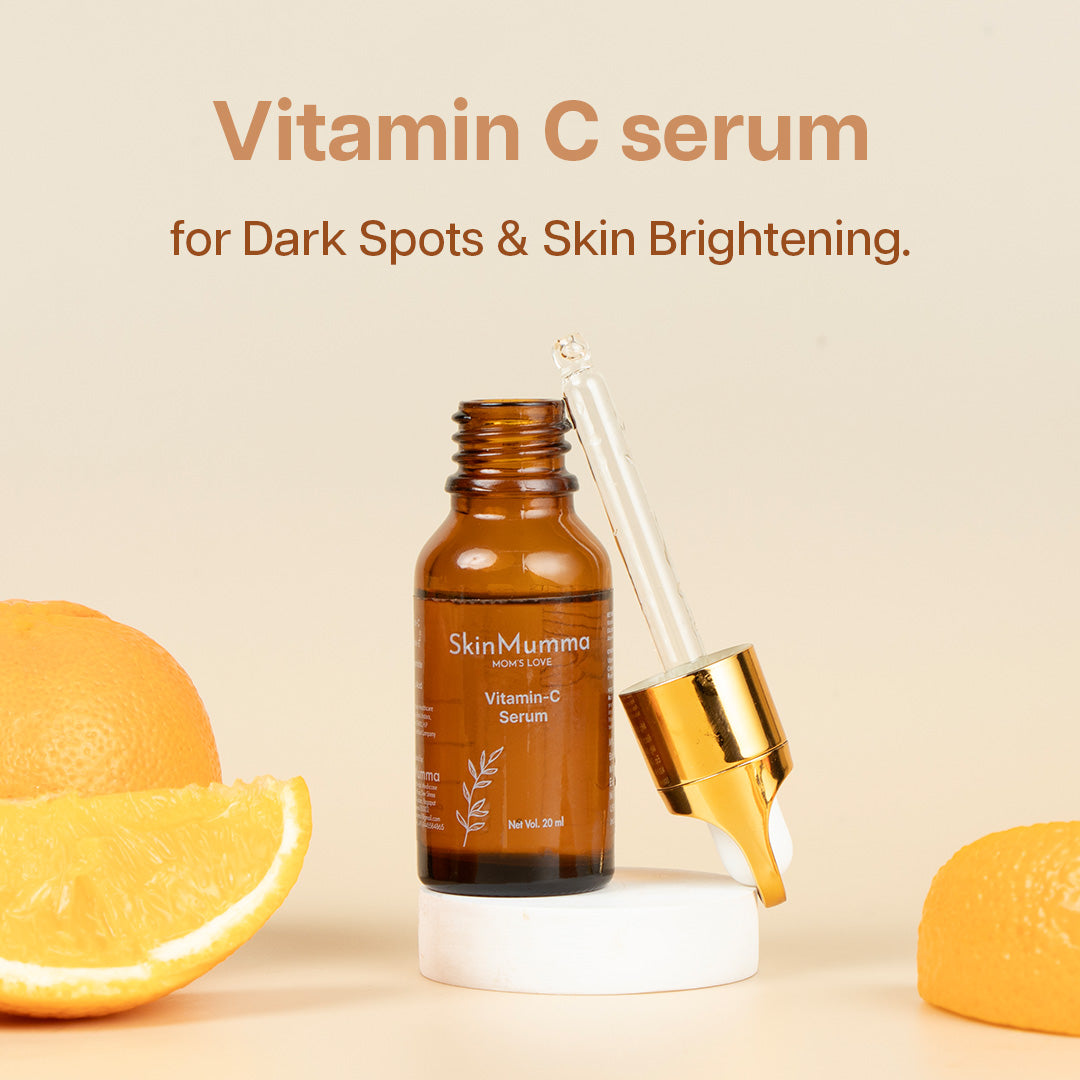In recent years, face serums have completely changed the skincare game: ultra-lightweight textures, highly concentrated active ingredients, and surprisingly effective results. These little bottles hold big promise from boosting that “I woke up like this” glow to tackling deep-down concerns like dryness, dullness, or early signs of ageing. But here’s the truth: the results you get depend a lot more on choosing the right serum for your skin type and concerns rather than trying every trendy new product. This guide is designed to walk you step-by-step through how to pick the right serum so you can experience healthy, radiant skin — with confidence and clarity.
What Is a Face Serum and Why Does It Matter
A face serum is a skincare product formulated with a high concentration of active ingredients, designed to penetrate more deeply into your skin than a typical moisturiser or cream. According to dermatology sources, serums are thinner in texture, absorb faster, and allow potent ingredients to deliver results efficiently.
How serums deliver active ingredients deeper into the skin
Because they are lighter (often water- or gel-based) and formulated for penetration, serums can carry smaller molecules or higher doses of actives. For example, a brightening serum with vitamin C or an anti-ageing serum with retinol uses this advantage to reach where creams may not.
Common types: hydrating, brightening, anti-acne, anti-ageing
- Hydrating serums (e.g., with hyaluronic acid) replenish moisture and plump skin.
- Brightening serums address dullness and uneven tone (vitamin C, niacinamide, etc.).
- Anti-acne or pore-refining serums often contain salicylic acid, niacinamide, etc.
- Anti-ageing serums focus on fine lines, skin texture, and collagen support.
Ideal time and method for serum use on the face
Typically, after cleansing (and toner, if you use one) but before your moisturiser. Because serums are lightweight and deliver active ingredients, they’re best applied to clean skin so the product can absorb deeply.
In short, serums matter because they are your targeted treatment step in your skincare routine, offering specific benefits beyond just hydration.
Step 1 – Identify Your Skin Type Before Choosing a Serum
Before you even pick a serum, it’s vital to understand your skin type. Why? Because using the wrong texture or active for your skin type can lead to irritation, clogged pores, or simply lacklustre results.
How to identify whether your skin is dry, oily, sensitive, combination, or normal
-
After washing your face and patting dry (no moisturiser), wait about 30 minutes.
-
If your cheeks feel tight, flaky or rough, you likely have dry skin.
-
If your T-zone (forehead, nose, chin) becomes shiny, and you see visible pores there, you might be oily or combination.
-
If your skin feels comfortable, has minimal shine, and minimal tightness, you may have normal skin.
-
If your skin reacts quickly (redness, stings, gets blotchy), you may have sensitive skin.
Why knowing your skin type helps avoid irritation and ensures the best results
Matching the right serum texture and active ingredients to your skin type means you’ll get the benefits and avoid problems. For example, using a rich, heavy oil-based serum on oily skin may trigger a breakout, or a strong acid serum on sensitive skin may cause redness. Understanding your skin type puts you in the driver's seat.
Step 2 – Match Your Serum to Your Skin Type
Now that you know your skin type, you can match the right serum to your skin’s needs. Below are recommendations and ingredients to look out for.
Serums for Dry Skin
Look for formulations that provide deep hydration, strengthen the skin barrier, and replenish what’s lacking. Ingredients like:
-
Hyaluronic Acid (a humectant that draws in water)
-
Ceramides (lipids that reinforce the skin barrier)
-
Vitamin E and other lipid-soluble antioxidants.
These serums should often be dermatologist-approved for hydration and barrier repair, truly the best serum for dry skin, dermatologist recommended.
Serums for Oily Skin
If your skin is oily or breakout-prone, your serum should be lightweight, non-comedogenic, and designed to balance oil while still treating concerns. Key ingredients:
-
Niacinamide (helps regulate sebum, reduces pores)
-
Salicylic Acid (beta-hydroxy acid for unclogging pores)
-
Tea Tree Extracts or other gentle botanical actives.
Using the right serum helps with the best skin treatment for oily skin by managing oil and preventing clogged pores without stripping.
Serums for Combination Skin
Combination skin means you may have dry or normal cheeks, but an oily T-zone. The smart move: use multitasking serums that treat different areas without overdoing one side. For example:
-
Vitamin C (for overall tone and glow)
-
Hyaluronic Acid (for dry patches)
-
Lightweight gel or water-based formula, so it doesn’t feel heavy on oilier areas.
Serums for Sensitive Skin
Sensitive skin demands caution. Opt for fragrance-free, minimal ingredient lists and soothing actives. Ingredients to favour:
-
Aloe Vera or Centella Asiatica (calming botanicals)
-
Ceramides (barrier support)
-
Avoid heavy fragrance, strong acids, and high retinol until skin is prepared.
Serums for Normal Skin
If your skin is generally balanced, you have flexibility. That’s good, you can choose formulas geared to enhancing radiance and maintenance. For example:
-
Vitamin C, Peptides, and Antioxidant-rich serums are ideal for glow and upkeep.
-
Because your skin is already stable, you can explore serums targeting skin for glowing skin.
Step 3 – Address Your Skin Concerns
Beyond just skin type, you’ll want to match the serum to your specific concern. Here’s a quick guide:
-
Dullness / uneven tone: Vitamin C, liquorice root extract, and kojic acid help brighten.
-
Acne/breakouts / enlarged pores: Niacinamide, salicylic acid, and retinol (carefully) are effective.
-
Dryness/dehydration: Hyaluronic acid, ceramides, panthenol.
-
Signs of ageing (fine lines, laxity): Retinol, peptides, growth factors.
By targeting your concern, you’re more likely to see real results — not just another bottle on the shelf. And this step helps you aim for serum for radiant skin.
Step 4 – Read Ingredients and Formulations Carefully
To ensure you’re getting the right serum and avoiding disappointments, you must become somewhat savvy about ingredient lists and formulation claims.
What “active ingredients” mean and how percentages matter
-
The “active” is the ingredient that works. For example, 10% niacinamide or 2% hyaluronic acid.
-
Just because a product says “vitamin C” doesn’t mean it’s in an effective dose or stable form.
-
A high concentration isn’t always better; sometimes it can irritate (especially sensitive skin).
Why avoid alcohol, parabens, and artificial fragrances (especially for sensitive skin)
Some formulations use solvents, heavy fragrance or unnecessary fillers that can compromise sensitive skin or interact poorly with actives. A simpler, cleaner formulation often yields better tolerability.
How to spot dermatologist-recommended formulations
-
Look for evidence of peer review, authorisation, or dermatologist endorsement.
-
Packaging matters: air-tight, opaque containers help protect sensitive ingredients (vitamin C, retinol).
-
Check for clarity in claims (e.g., “non-comedogenic”, “fragrance-free”, “for oily skin”).
Pro tip: Look for serums with fewer but potent ingredients rather than long “kitchen sink” lists.
Step 5 – Incorporate Serum into Your Skincare Routine Properly
It’s not just what you use, but how you use it.
Step-by-step application for maximum absorption
-
Cleanse your skin thoroughly (morning and/or night).
-
Optional: apply toner or essence if part of your routine.
-
While your skin is still slightly damp (for hydrating serums) — apply 2–3 drops of serum evenly across your face (and neck, if desired).
-
Wait ~1–2 minutes to let the serum absorb fully.
-
Follow with your moisturiser (and in the morning, finish with broad-spectrum sunscreen).
-
In the evening: after serum and moisturiser, you may apply overnight treatments as directed.
Tips for serums
-
Use in the correct order (cleanser → serum → moisturiser → sunscreen).
-
Morning serums: antioxidant, brightening, hydration.
-
Evening serums: repair, barrier-support, anti-ageing.
-
Always pair with SPF if you’re using active serums (especially exfoliating or retinol types).
By following this routine, you’ll fully experience the face serum benefits and correct serum use for the face.
Step 6 – Lifestyle, Diet, and Skincare Habits That Boost Serum Results
A great serum works much better when your lifestyle supports it.
Lifestyle & diet tips
-
Stay well-hydrated: drink enough water so your skin’s inner layers can function optimally.
-
Eat antioxidant-rich foods: berries, leafy greens, nuts — these support skin health from the inside.
-
Get quality sleep and manage stress: your skin repairs overnight, and under less stress, you’ll see better results.
-
Avoid over-exfoliating, harsh scrubs or too many layers of strong actives — these can undermine your serum.
-
Always wear sunscreen during the day: even the best serum cannot completely shield your skin from UV damage.
Realistic result timeline
While you may notice some glow or smoothness within one or two uses, visible changes in skin tone, texture or fine lines typically require consistent use for 4-6 weeks (or longer) for best results.
Step 7 – When to See a Dermatologist
If you experience any of the following, it’s wise to seek professional advice rather than relying solely on over-the-counter serums:
-
Persistent redness, stinging or irritation after using a new serum.
-
Severe breakouts, cysts, or skin that doesn’t respond to standard treatments.
-
Visible skin changes like dark spots, sudden texture changes, or skin laxity that bother you and require medical-grade care.
-
If you are pregnant or breastfeeding: some ingredients (high-dose retinol, strong actives) may not be recommended.
A dermatologist (skin specialist) can help tailor a regimen, advise on formulations safe for your skin type and condition, and monitor progress.
Conclusion
Choosing the right face serum isn’t about chasing every trend or using every ingredient on the market. It’s about understanding your skin type, identifying your real concerns, and then selecting a well-formulated serum that works with your routine and lifestyle. When you consistently apply the right serum for your skin, here’s what happens: your skin becomes healthier, more radiant, and better able to respond to your care.
Healthy, radiant skin isn’t about trying every new product — it’s about finding what truly works for your skin and giving it the care it deserves.
FAQs:
1. How do you use a face serum correctly?
Begin with clean, toned skin. Take two to three drops of serum and warm it slightly between your palms. Gently press it onto your face and neck, letting your skin absorb the product instead of rubbing it in. Wait a minute or two before applying your moisturiser or sunscreen. This simple step helps your serum work more effectively by allowing the active ingredients to penetrate deeper.
2. What does a face serum actually do for your skin?
A face serum delivers powerful ingredients directly into your skin to address specific concerns. Depending on the formula, it can brighten dull skin, reduce fine lines, fade dark spots, or balance oil production. Because serums are lightweight and concentrated, they sink in quickly and work beneath the surface to repair and renew the skin — leaving it softer, smoother, and more radiant with regular use.
3. How much serum should you apply to your face?
With serums, a little goes a long way. Usually, two or three drops are enough for your entire face and neck. Applying more won’t improve results — it can actually make layering other products difficult. Focus on gentle, even coverage and give your skin time to absorb the serum fully before moving to your next skincare step.
4. Can I use a face serum every day?
Yes, you can — in fact, consistent use makes the biggest difference. Most serums are formulated for daily use, either once or twice a day. Morning serums, like those with Vitamin C, protect and brighten your skin, while evening serums, such as Retinol or Peptides, help repair and renew while you sleep. Just remember to finish with moisturiser and sunscreen in your morning routine.












Dr Manisha Bindal is the senior dermatologist and laser skin expert with more than 25 yrs of experience in clinical practice. She has to her credit various advanced skin care procedures and Laser skin treatment protocols including chemical peels, fillers, threads and injections. You can trust the expert hands for any skin or hair related problems or any procedure if need be.